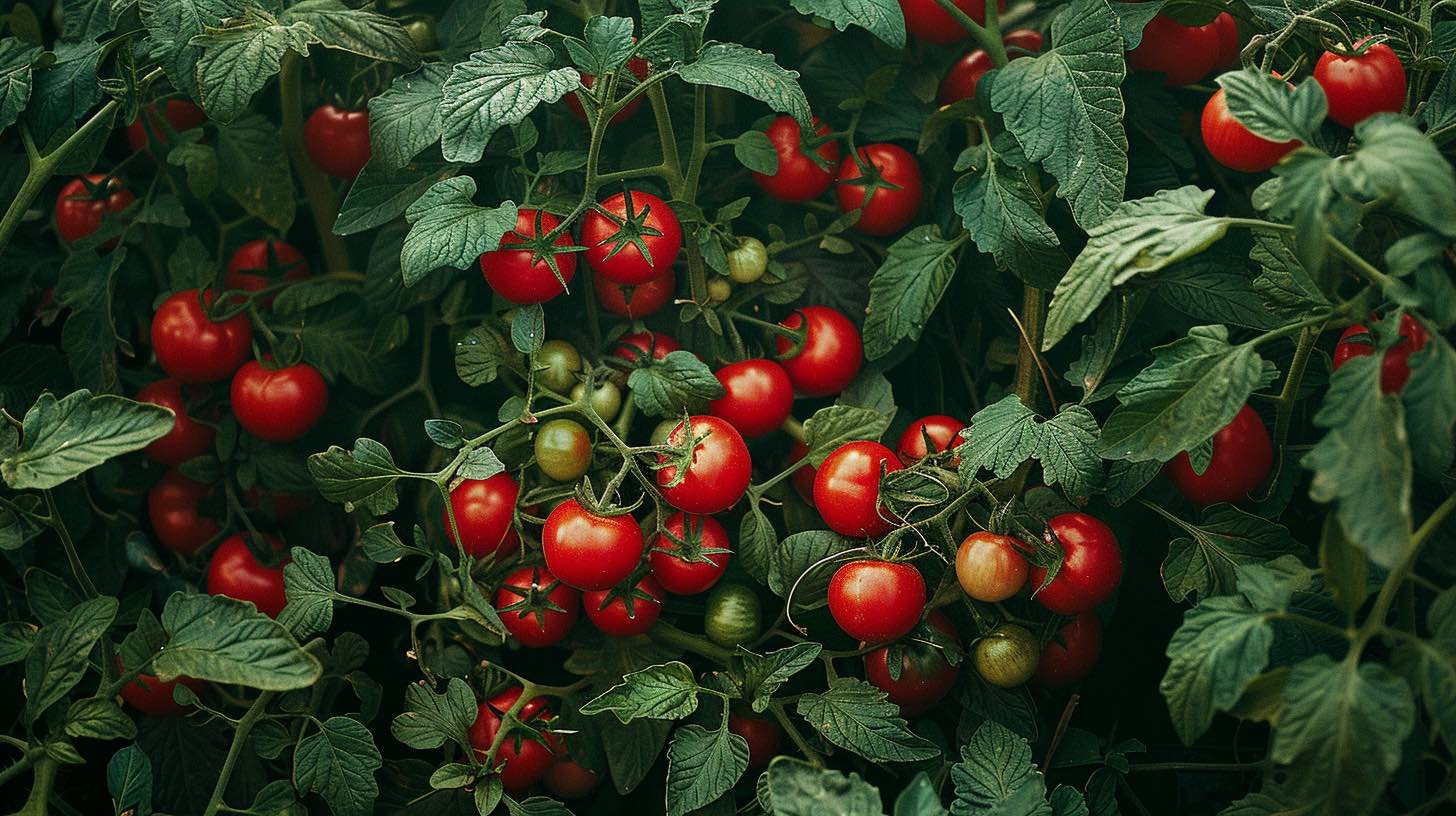
Tomatoes (Solanum lycopersicum) are one of the most beloved and widely grown vegetables in Australian gardens. With their versatility, vibrant colors, and juicy flavor, tomatoes add a burst of freshness to salads, sauces, and countless other culinary creations. Whether you’re a seasoned gardener or just starting out, learning how to grow tomatoes successfully in the unique Australian climate can lead to a plentiful harvest of delicious homegrown produce. In this guide, we’ll explore the essential steps and considerations for cultivating thriving tomato plants in your Australian garden.
When it comes to growing tomatoes in Australia, several key factors must be considered to ensure healthy plants and a bountiful harvest. Let’s delve into each of these factors in detail:
| Aspect | Details |
|---|---|
| Yield per plant | 5-20 kg (depending on variety and care) |
| Growing season | Spring to early autumn |
| Sowing season | Late winter to early spring |
| Planting season | After the last frost of spring |
| Preferred soil type | Well-draining, loamy soil |
| Best fertilizer | Balanced NPK fertilizer, compost |
| Optimum light | Full sun (at least 6-8 hours per day) |
Selecting the appropriate tomato varieties is crucial for success in Australian gardens. Some popular varieties suited to the Australian climate include ‘Roma’, ‘Grosse Lisse’, ‘Beefsteak’, ‘Cherry’, and ‘Truss’. Consider factors such as fruit size, flavor, disease resistance, and growth habit when choosing your tomato varieties.
Sow tomato seeds indoors in seed trays or pots filled with seed-raising mix, approximately 6-8 weeks before the last frost date in your area. Keep the seeds warm and moist until they germinate, then transplant seedlings into larger pots once they develop true leaves. Harden off seedlings before planting them in the garden after the last frost of spring, spacing them 45-60 cm apart.
Tomatoes thrive in well-draining, loamy soil rich in organic matter. Before planting, prepare the soil by incorporating compost or well-rotted manure to improve soil structure and fertility. Ensure the soil pH is between 6.0 and 6.8, slightly acidic to neutral, for optimal nutrient uptake.
Provide your tomato plants with consistent care throughout the growing season to promote healthy growth and abundant fruit production. Water deeply and regularly, aiming to keep the soil evenly moist but not waterlogged. Mulch around the base of the plants to retain moisture, suppress weeds, and regulate soil temperature.
Fertilize tomato plants with a balanced NPK fertilizer or organic compost every 4-6 weeks during the growing season to provide essential nutrients for vigorous growth and fruit development. Avoid over-fertilizing, as excessive nitrogen can result in lush foliage at the expense of fruit production.
Tomatoes thrive in full sun, requiring at least 6-8 hours of direct sunlight per day for optimal growth and fruit ripening. Choose a sunny, well-drained location in your garden or provide adequate support for tomatoes grown in containers on balconies or patios.
Harvest ripe tomatoes as they reach their peak color and firmness, gently twisting or cutting them from the vine. Tomatoes can continue to ripen off the vine if necessary, although flavor may not be as rich as vine-ripened fruit. Store harvested tomatoes at room temperature away from direct sunlight to prolong shelf life and preserve flavor.
With the right knowledge and care, growing tomatoes in the Australian environment can be a rewarding and fruitful experience. By selecting suitable varieties, preparing the soil, providing proper care, and optimizing growing conditions, you can enjoy a plentiful harvest of flavorful homegrown tomatoes throughout the growing season. So roll up your sleeves, dig into the soil, and get ready to savor the taste of freshly picked tomatoes straight from your garden.